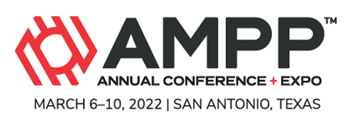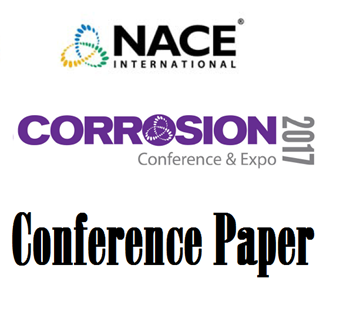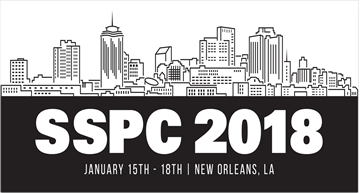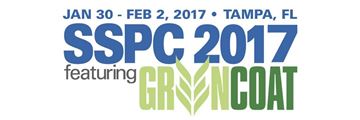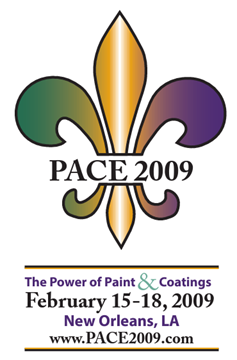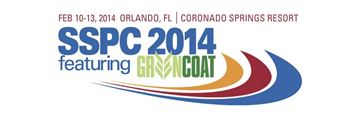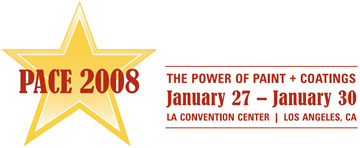Search
Individual Conference Papers
View as
Sort by
Display
per page
Naphthenic Acid Corrosion And Sulfidic Corrosion In Crude Oil Fractions
Product Number:
51322-17533-SG
Publication Date:
2022
$20.00
Naphthenic Acid Corrosion in a High TAN Condensing Overhead System
Product Number:
51317--9095-SG
ISBN:
9095 2017 CP
Publication Date:
2017
$20.00
National Shipbuilding Research Program Surface Preparation and Coatings Panel 2018 Update
Product Number:
51218-140-SG
Publication Date:
2018
$20.00
National Shipbuilding Research Program (NSRP) Surface Prep and Coatings (SP&C) Panel Project: Final Report: Reducing Inspection Costs Using the Latest Digital inspection Tools
Product Number:
51216-019-SG
Publication Date:
2016
$20.00
National Shipbuilding Research Program (NSRP) Surface Preparation and Coatings (SP&C) Panel 2015 Updated
Product Number:
41215-924-SG
Publication Date:
2015
$20.00
National Shipbuilding Research Program (NSRP) Surface Preparation and Coatings (SP&C) Panel 2016 Update
Product Number:
41216-999-SG
Publication Date:
2016
$20.00
National Shipbuilding Research Program (NSRP) Surface Preparation and Coatings (SP&C) Panel 2017 Update
Product Number:
51217-066-SG
Publication Date:
2017
$20.00
National Shipbuilding Research Program (NSRP) Surface Preparation and Coatings Panel (SP-3)
Product Number:
41209-471-SG
Publication Date:
2009
$20.00
National Shipbuilding Research Program Surface Preparation and Coatings Panel 2013 Update
Product Number:
41213-736-SG
Publication Date:
2013
$20.00
National Shipbuilding Research Program Surface Preparation and Coatings Panel 2014 Update
Product Number:
41214-813-SG
Publication Date:
2014
$20.00
Natural Oil Derivatives in Spray Elatomer Coatings
Product Number:
41208-396-SG
Publication Date:
2008
$20.00
Naturally Buffered Iron Chloride Containing Solutions for SSC Tests of Low Alloy Steels
Product Number:
51324-20732-SG
Publication Date:
2024
$40.00

